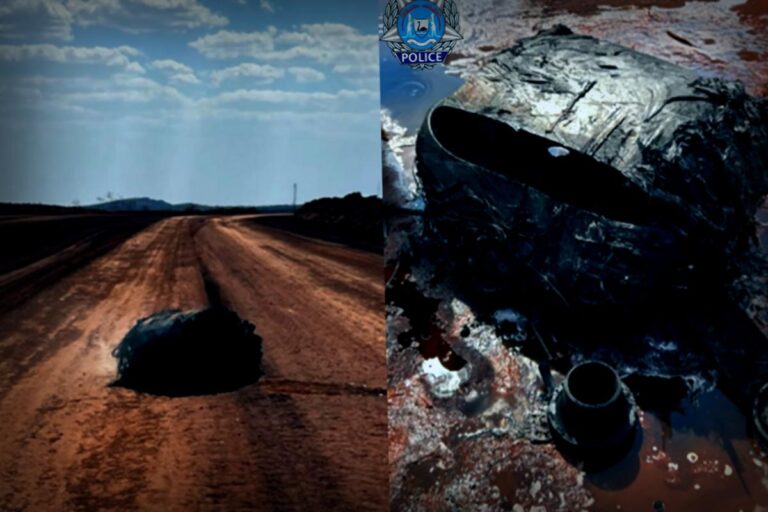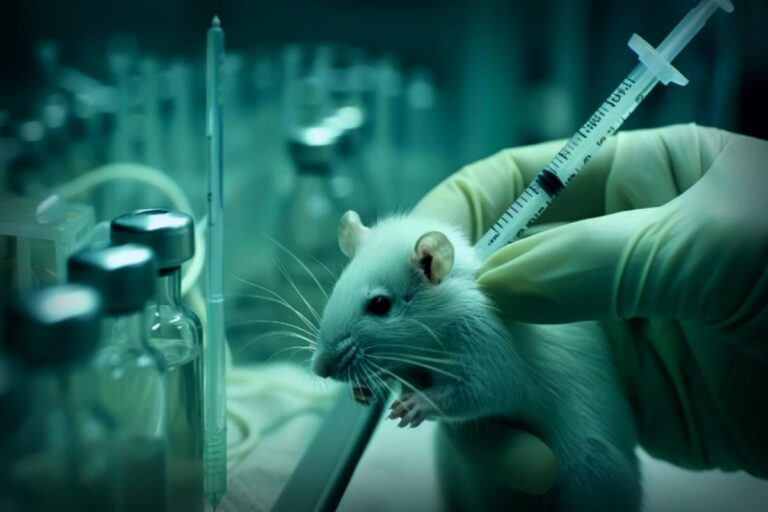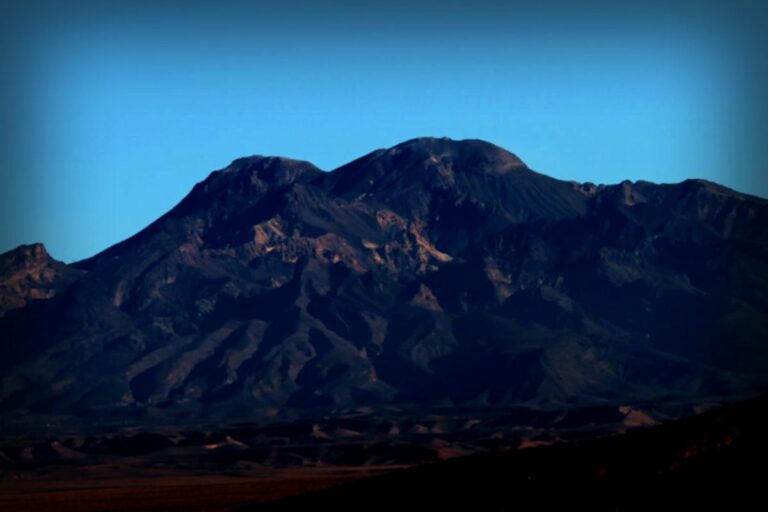A Mexico-based nonprofit organization is raising red flags over increasing pollution on the beaches near SpaceX’s Starbase. They have announced that debris and shockwaves from rocket launches could be putting endangered turtles at risk, as noted in a recent CNN article.
Jesús Elías Ibarra, the head of Conibio Global, shared that his small team has already picked up one ton of waste from only half a kilometer of the 40-kilometer shoreline. “We’re a bit of a tiny group here; picking up everything is just not doable,” he lamented.
What’s Going On?
Located in southern Texas, SpaceX’s Starbase not only features a launchpad but is also home to a company town, right by Bagdad Beach in Tamaulipas, Mexico.
According to Ibarra, after SpaceX launches its massive rockets from this site, debris rains down, the area trembles under powerful vibrations, and some parts are even scorched.
This debris poses a significant threat to a local endangered turtle species that relies on Bagdad Beach for nesting. Furthermore, humans are suffering too, as rocket remnants have landed on nearby farms. Ibarra estimates that the violent vibrations caused by these launches have caused damage to residences and have destroyed up to 300 turtle nests.
Additionally, when SpaceX rocket launches go wrong, resulting in explosions, the collateral damage escalates even further. “The last explosion scorched a whole stretch of the Rio Bravo’s edge, and broken pipes toppled numerous trees near a local community,” Ibarra remarked.
Why Should We Care About the Effects of Rocket Launches?
The fallout extends beyond immediate harm to people and wildlife; SpaceX’s launches significantly contribute to greenhouse gas emissions. A single flight of the SpaceX Starship releases around 83,600 tons of carbon dioxide equivalent into our atmosphere, according to Space.com.
To put it in perspective, that’s like the emissions from an average gas car driving 197 million miles—definitely more than a trip from Earth to Mars!
Though currently, private space ventures represent a small portion of overall pollution, this could change as space tourism and satellite launches ramp up and frequency increases. While this doesn’t mean we should halt these exciting endeavors, it’s crucial to acknowledge the potential impacts and figure out sustainable ways to peer after our planet.
Furthermore, many scientists say ongoing studies are just scratching the surface of understanding how these rocket launches are affecting the upper atmosphere.
As highlighted by a New York Times article, heavy metals from burning spacecraft have begun to taint upper layers of our atmosphere.
As astronomer Aaron Boley from the University of British Columbia stated in 2024, “We’re changing the system faster than we can keep track of these changes.” He emphasized our tendency to overlook our ability to affect Earth’s environment.
What Actions Are Being Taken Regarding Rocket Launch Impact?
While dedicated efforts from groups like Conibio Global aim to clear up the unwanted remnants from SpaceX’s activities, individual efforts alone can’t address this extensive problem that is fairly global.
Recently, individuals from the Mexican Navy’s Secretariat visited the affected area to collect samples, and Ibarra reported to CNN about the Mexican government’s collaboration with his organization on potential corrective measures.
However, enough leftovers from SpaceX’s operations still linger, slowly being swallowed by the ocean waves at Bagdad Beach.
As Ibarra puts it, “The debris isn’t going anywhere, and it needs proper clean-up eventually.”
Join our free newsletter to receive positive updates and tips on how you can contribute to environmental well-being.
This story regarding the alarming finds near SpaceX’s Starbase was first published on The Cool Down.




















